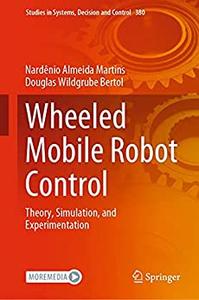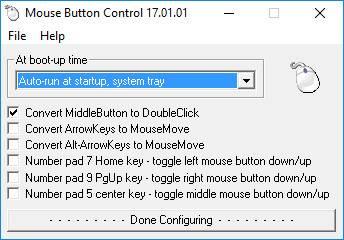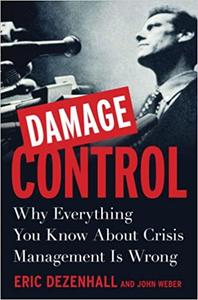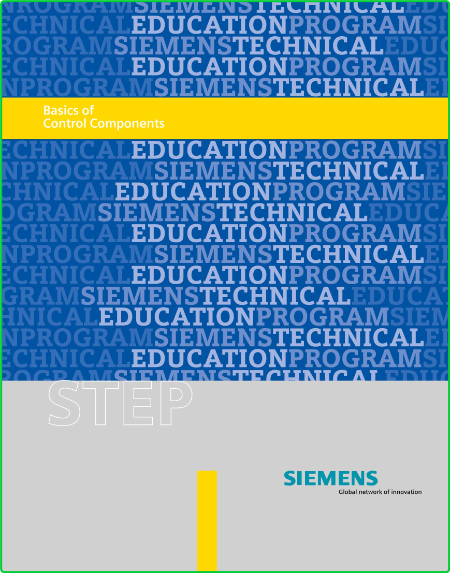

E-Books → Dynamic Modeling and Active Vibration Control of Structures
Published by: voska89 on 16-08-2021, 03:21 |  0
0

Dynamic Modeling and Active Vibration Control of Structures
English | 2022 | ISBN: 9402421181 | 377 Pages | PDF | 12 MB
This book describes the active vibration control techniques which have been developed to suppress excessive vibrations of structures. It covers the fundamental principles of active control methods and their applications and shows how active vibration control techniques have replaced traditional passive vibration control. The book includes coverage of dynamic modeling, control design, sensing methodology, actuator mechanism and electronic circuit design, and the implementation of control algorithms via digital controllers. An in-depth approach has been taken to describe the modeling of structures for control design, the development of control algorithms suitable for structural control, and the implementation of control algorithms by means of Simulink block diagrams or C language. Details of currently available actuators and sensors and electronic circuits for signal conditioning and filtering have been provided based on the most recent advances in the field.
E-Books → Essentials of Error Control Coding J Moreira P Farrell Wiley 2006
Published by: Emperor2011 on 15-08-2021, 14:33 |  0
0

Essentials of Error Control Coding J Moreira P Farrell Wiley 2006 | 6 MB
N/A | 390 Pages
Title: Essentials of Error-Control Coding
Author: Jorge Castiñeira Moreira and Patrick Guy Farrell
Year: 2017
E-Books → Wheeled Mobile Robot Control Theory, Simulation, and Experimentation
Published by: voska89 on 14-08-2021, 01:32 |  0
0

Wheeled Mobile Robot Control: Theory, Simulation, and Experimentation
English | 2022 | ISBN: 3030779114 | 220 Pages | PDF | 44 MB
This book focuses on the development and methodologies of trajectory control of differential-drive wheeled nonholonomic mobile robots. The methodologies are based on kinematic models (posture and configuration) and dynamic models, both subject to uncertainties and/or disturbances. The control designs are developed in rectangular coordinates obtained from the first-order sliding mode control in combination with the use of soft computing techniques, such as fuzzy logic and artificial neural networks. Control laws, as well as online learning and adaptation laws, are obtained using the stability analysis for both the developed kinematic and dynamic controllers, based on Lyapunov's stability theory. An extension to the formation control with multiple differential-drive wheeled nonholonomic mobile robots in trajectory tracking tasks is also provided. Results of simulations and experiments are presented to verify the effectiveness of the proposed control strategies for trajectory tracking situations, considering the parameters of an industrial and a research differential-drive wheeled nonholonomic mobile robot, the PowerBot. Supplementary materials such as source codes and scripts for simulation and visualization of results are made available with the book.
E-Books → Control Engineering in Robotics and Industrial Automation
Published by: voska89 on 14-08-2021, 01:11 |  0
0

Control Engineering in Robotics and Industrial Automation
English | 2022 | ISBN: 3030745392 | 304 Pages | PDF | 10 MB
This book is the first research collection by the Malaysian Society for Automatic Control Engineers (MACE). Numerous applications of control engineering, sensor, and instrumentation technology in robotics, industrial automation, and other mechatronic systems are presented in this book.
Software → Mouse Button Control 21.08.01
Published by: voska89 on 13-08-2021, 21:25 |  0
0

Mouse Button Control 21.08.01 | 1.5 Mb
Mouse Button Control converts Middle-Mouse-Button-Click to a Double-Click. It is as if you pressed the left-mouse-button two time very quickly. This is handy if you do not need the Middle-Mouse-Button, but do a lot of Double-Clicks. Converts the four arrow keys to mouse moves option. To press an arrow key will move the mouse cursor one pixel. This is handy if you want to use the mouse to highlight and grab something, and continue to hold down the left mouse button while tapping the arrow keys. This allows you to move an object precisely where you want it. You can turn this option on and off as needed.
E-Books → Damage Control Why Everything You Know About Crisis Management Is Wrong
Published by: voska89 on 13-08-2021, 01:27 |  0
0

Eric Dezenhall, John Weber, "Damage Control: Why Everything You Know About Crisis Management Is Wrong"
English | 2011 | ISBN: 1935212249, 1591841542 | 256 pages | EPUB | 0.37 MB
[center]
Video Training → Udemy - Introduction to control systems- RAHEE331 Rahsoft
Published by: voska89 on 11-08-2021, 10:55 |  0
0

MP4 | Video: h264, 1280x720 | Audio: AAC, 44.1 KHz
Language: English | Size: 2.19 GB | Duration: 9h 20m
What you'll learn
E-Books → Basics Of Control Components
Published by: ad-team on 10-08-2021, 14:42 |  0
0

Basics Of Control Components
pdf | 6.33 MB | English | Isbn: 978-0750682763 | Author: John H. Davies | Year: 2008
E-Books → Hard Disk Drive Mechatronics and Control A Al Mamun et al CRC 2007
Published by: ad-team on 10-08-2021, 11:58 |  0
0

Hard Disk Drive Mechatronics and Control A Al Mamun et al CRC 2007
pdf | 10.48 MB | English | Isbn: B0084F394W | Author: Al Mamun | Year: 2006
E-Books → The Psychology of Embezzlement The Art of Control and Intervention
Published by: voska89 on 9-08-2021, 00:36 |  0
0

The Psychology of Embezzlement: The Art of Control and Intervention
English | 2021 | ISBN: 3030744388 | 396 Pages | PDF EPUB | 7 MB
Using recent research and case studies, this book offers an evidence-based insight into the embezzler's mindset as they commit crimes that are costing nations, organisations and individuals increasingly more each year. This mindset is described in detail as the embezzler develops their motivation to steal from their employer, finds a method of stealing, assesses the risks, executes the theft, and then determines whether to continue to steal. The organisational landscape of security capabilities, culture and financial circumstances provide the environment that this mindset operates within. The embezzler's approach to the crime is broken down into four stages: Pre-Existing Vulnerabilities, Induction to First Theft, Ongoing Theft and Detection to Resolution. The author recommends strategies based on the embezzler's mindset for organisations to enhance their ability to protect themselves from such inside threats that attack their reputation, productivity, morale and, in the worst cases, financial viability.



